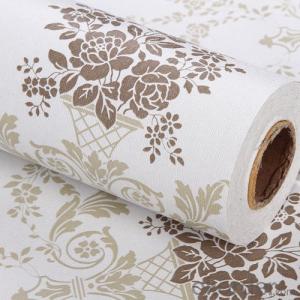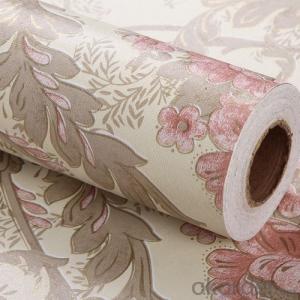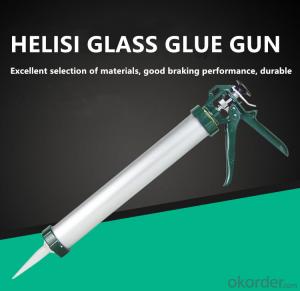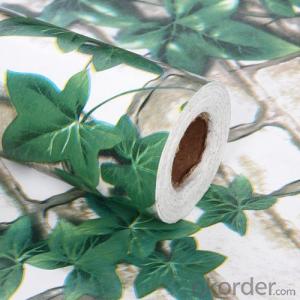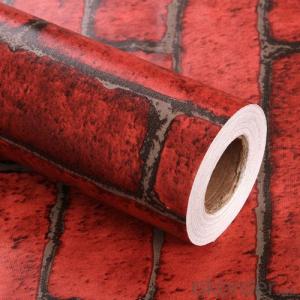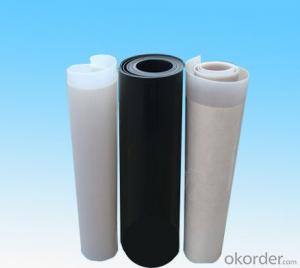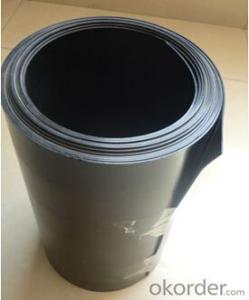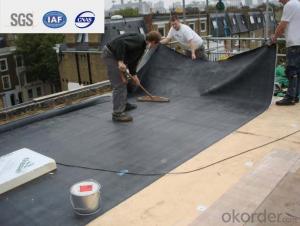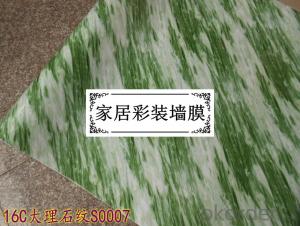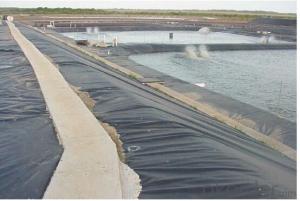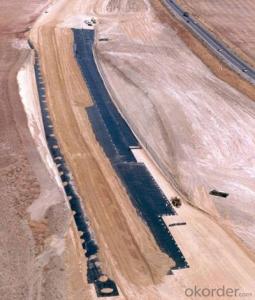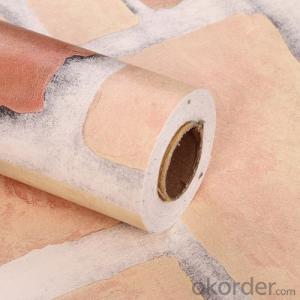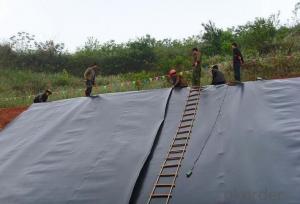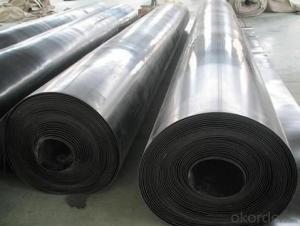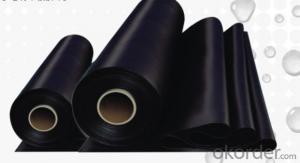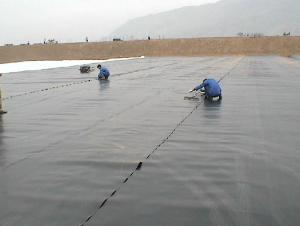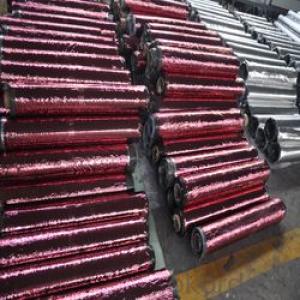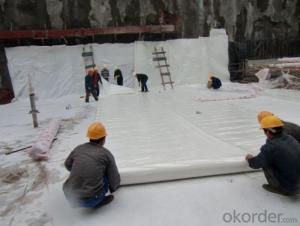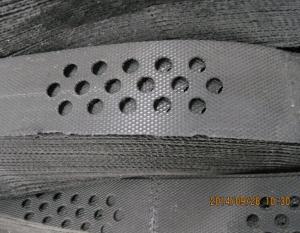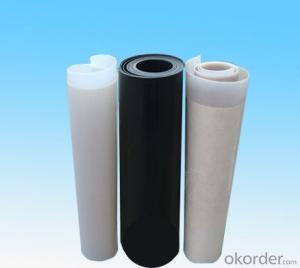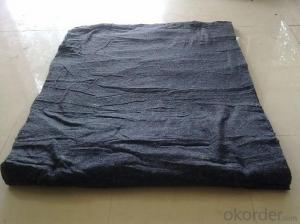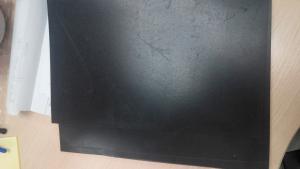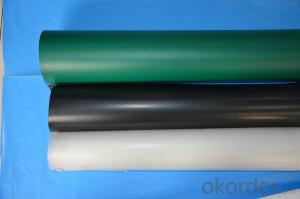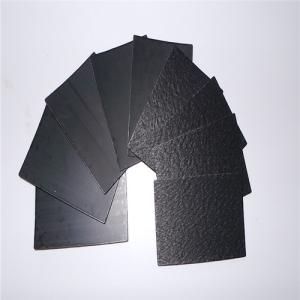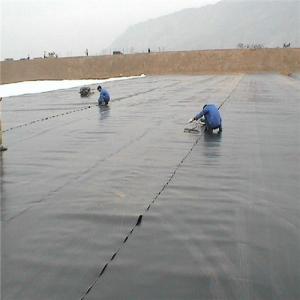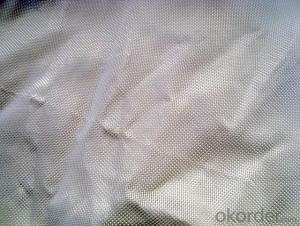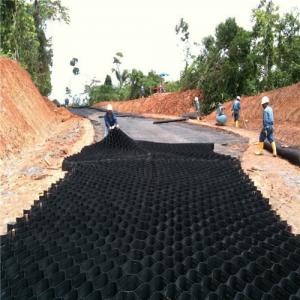Hdpe Geomembrane Self Adhesive
Hdpe Geomembrane Self Adhesive Related Searches
Geomembrane In Hdpe Geomembrane In Pakistan Pvc Geomembrane Liner Pvc Geomembrane Institute Hdpe Geomembrane Machine Geomembrane Machine Waterproof Concrete Blocks Waterproof Mdf Panels Waterproof Paper Plastic GeomembraneHot Searches
China Geomembrane Roll Sheet Hdpe Geomembrane Sheet Price Hdpe Geomembrane China China Geomembrane Geomembrane China Hdpe Geomembrane Price Wholesale Hdpe Geomembrane Roll Geomembrane Factory Wholesale Liner Hdpe Geomembrane Wholesale Geomembrane Hdpe Wholesale Hdpe Geomembrane Geomembrane Market Size Wholesale Hdpe Geomembrana Wholesale Geomembrane Hdpe Geomembrane Liner Manufacturers Hdpe Geomembrane Manufacturers Geomembrane Products Hdpe Geomembrane Factories Geomembrane For Sale China Pvc GeomembraneHdpe Geomembrane Self Adhesive Supplier & Manufacturer from China
Okorder.com is a professional Hdpe Geomembrane Self Adhesive supplier & manufacturer, offers integrated one-stop services including real-time quoting and online cargo tracking. We are funded by CNBM Group, a Fortune 500 enterprise and the largest Hdpe Geomembrane Self Adhesive firm in China.Hot Products
FAQ
- Geomembranes help in preventing soil erosion by acting as a barrier between the soil and external factors that contribute to erosion, such as water and wind. These synthetic membranes are impermeable, which means they do not allow water or air to pass through them. By placing geomembranes on the surface of soil, they effectively prevent the displacement and erosion of soil particles caused by rainfall, surface runoff, or wind. This protective layer helps to stabilize the soil, maintain its integrity, and reduce the risk of erosion.
- Yes, geomembranes can be used for wastewater lagoons. Geomembranes are impermeable liners made of synthetic materials such as HDPE, PVC, or EPDM, which are designed to prevent the leakage of liquids or gases. They are commonly used in wastewater treatment facilities to line lagoons and prevent the contamination of surrounding soil and groundwater. The use of geomembranes in wastewater lagoons ensures proper containment and management of the wastewater, protecting the environment from potential pollution.
- nan
- Just prevent a certain amount of radiation, but at least healthier than computers without films. Radiation lead to cell abnormal morphology and proliferation, so it is recommended to stick film.
- nan
- LGP (light guide plate) is made of optical-grade acrylic, PC plate and other high-tech materials with high reflectivity and no absorptance. The points to guide light are printed on the undersurface of the optical-grade acrylic plate by UV screen printing technology. Headlamps shine protectors can provide a constant optimum operating voltage for automotive headlamp by boosting. It doesn't change the original light of the automotive lamp. It doesn't increase the load of the original circuit. The installation method is basically the same with that of the headlamps shine protection wire. It is easy to install. It is moderate in price, good in effect and safe to use.
- Yes, geomembranes can be used in underground construction. Geomembranes are flexible, durable, and impermeable liners that can be installed to provide a barrier against water and other liquids in underground structures such as tunnels, basements, and storage facilities. They help to prevent water seepage, protect the structural integrity, and enhance the overall safety and longevity of underground constructions.
- Geomembranes prevent water ingress in tunnels by acting as a waterproof barrier. They are installed on the tunnel walls and floors to create a watertight seal, preventing water from seeping into the tunnel. This helps to maintain the structural integrity of the tunnel and protects it from potential damage caused by water infiltration.
- Yes, geomembranes are designed to be resistant to erosion caused by waves and currents. They are typically made from durable materials such as high-density polyethylene (HDPE) or polyvinyl chloride (PVC) that can withstand the forces exerted by water movement. Additionally, geomembranes can be reinforced with geotextiles or other materials to enhance their resistance to erosion and provide long-term stability in coastal or marine environments.
- nan
- If you need to stick the film, I recommmend to stick the tempered film. Because the high hardness of the ordinary film is not harder than the cell phone screen, the hardness is not enough to protect the screen, and membranes are easily scrached, which result in low screen translucency. The hardness of tempered film is slightly larger, and is similar to the screen. It also has a protective effect, but the film will affect the transmission, and is also easy to leave fingerprints, the screen will be very dirty, so you should consider whether to paste the film, you'd better to paste the best tempered film if you should.






